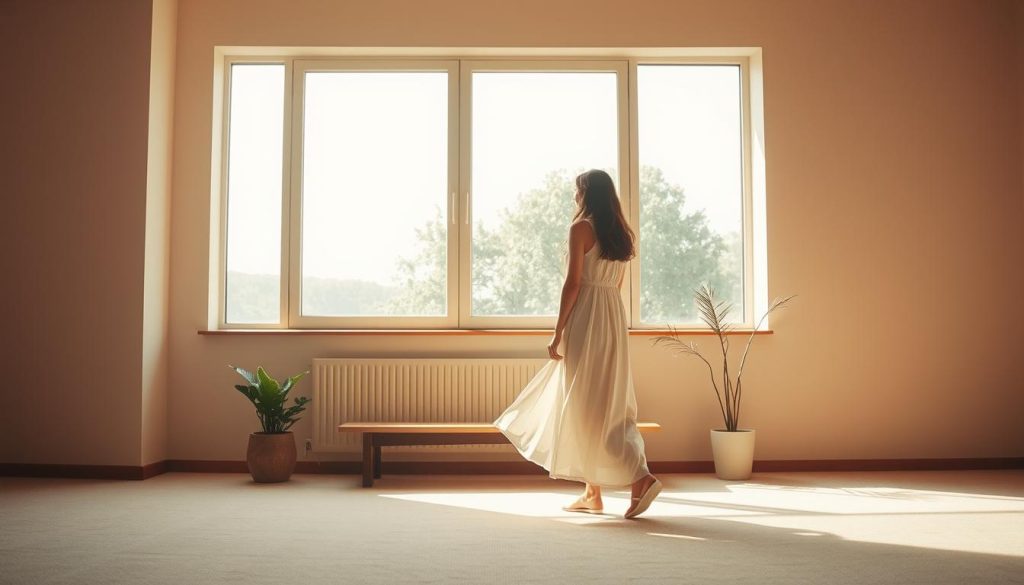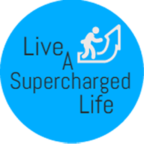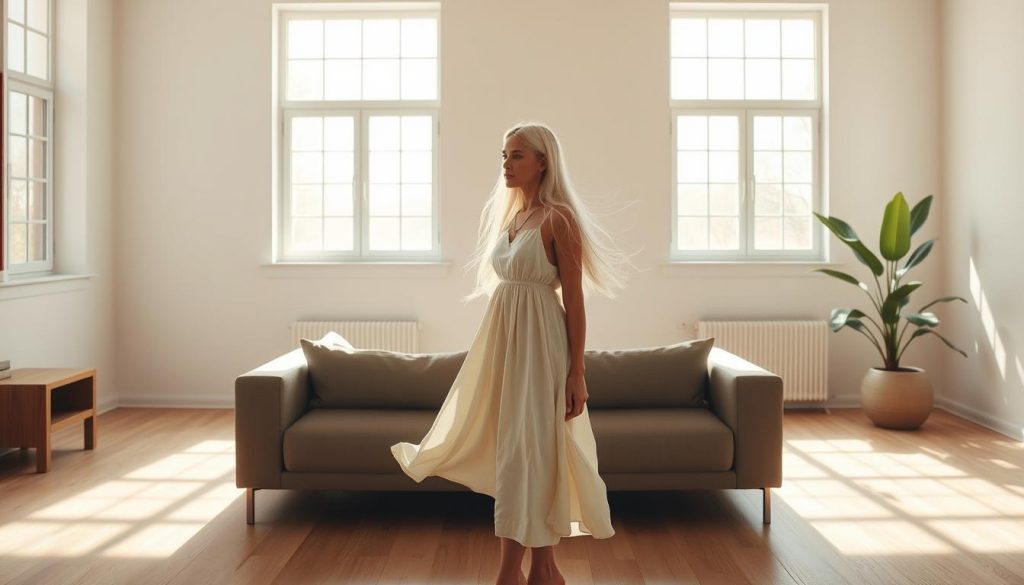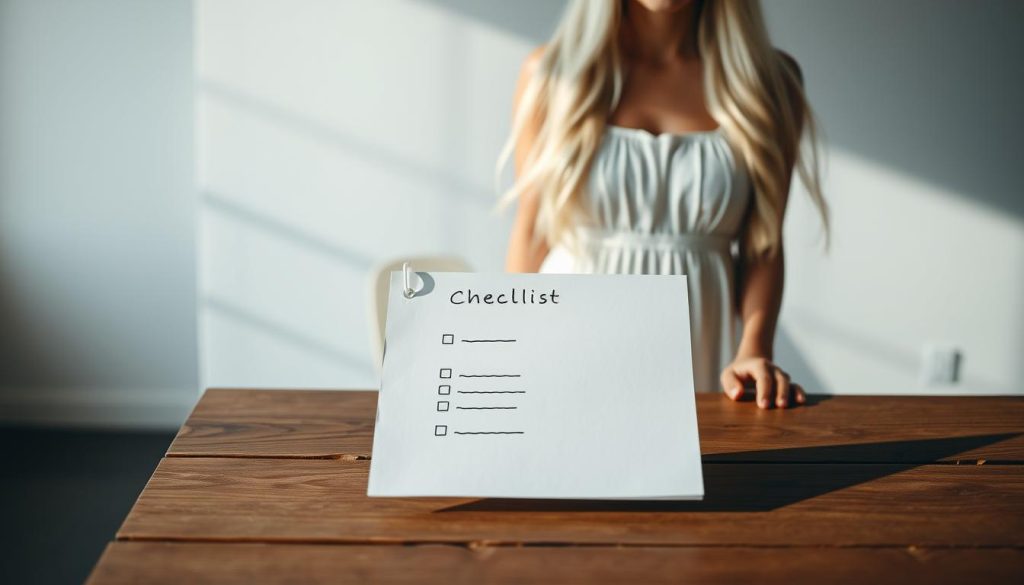Minimalism Is Very Popular Ever wondered why so many people are choosing less over more? This is the question that sparks curiosity and challenges the common chase for stuff! Joshua Becker calls minimalism owning fewer things and intentionally keeping what adds real value.
Think of it as a practical way to free your time and attention. It’s not a spark-of-the-moment fix. It’s a clear goal you can reach step by step, even as a typical family.
You’ll see living proof from ordinary lives and learn simple moves to get started today. This idea helps you stop buying distractions and start investing in what brings happiness and meaning.
By the end of this guide, you’ll have a friendly, actionable way to carve out space for what matters—so you can move through the world with more calm and clarity!
Key Takeaways
- Minimalism focuses on value over volume and is practical for everyday life.
- You can get started with small steps that free time and boost happiness.
- Ordinary people and families show living proof this way works.
- The goal is more attention on moments that matter, not perfection.
- Short video prompts and expert tips keep you motivated to act.
Why Minimalism resonates in 2025 for people in the United States
In 2025 many Americans are choosing a quieter pace so their days feel full of meaning, not just motion. Joshua Becker calls it freedom from modern mania—the rush, stress, and endless multitasking that steal your focus.
Families and workers are squeezed by time, money, and energy. The average American home holds roughly 300,000 items, and households spend about $1,700 a year on clothes. Those numbers push people toward simple living as a sensible way to protect attention and reduce stress.
Here’s why this shift matters:
- You feel the rush, right? A reset helps your day have meaning, not constant motion.
- Fewer possessions means fewer decisions and more freedom to spend time with family and friends.
- Practical stats—over 68 pounds of clothing tossed yearly—show we can do better with what we own.
Think of minimalism as a decision filter. Use it to say yes to what adds quality and no to what distracts. Got questions about what to keep? Start small—ten minutes today can spark real energy and happiness in your home and life!
Minimalism defined: intentionality, freedom, and owning fewer possessions Minimalism Is Very Popular
Here’s a short definition that turns a fuzzy trend into a simple, doable goal! In plain terms, minimalism means owning fewer possessions and building a life marked by clarity, purpose, and intentionality.
Becker says it’s freedom from the passion to possess. Break the Twitch calls it a decision filter to minimize distractions so you can do what matters. This is a practical idea for ordinary families and people alike!
Intentional living: promote what you value, remove what distracts
Intentional living makes choices that align with your goal and your values. You keep what helps you add value and let go of things that pull your attention away.
Freedom from the passion to possess and the consumerist treadmill
Step off the treadmill! You stop chasing stuff and free energy for people, purpose, and experiences. This change is about fewer purchases and smarter habits.
Internal over external: space for purpose, relationships, and experiences
The biggest shift is inside. Identity moves from what you own to what you do. You calm the noise, clear space at home, and make room for what really fuels your energy.
| Feature | Before | After |
|---|---|---|
| Focus | Scattered across many things | Clear, goal-driven choices |
| Energy | Drained by clutter and decisions | Boosted for people and projects |
| Home | Full of stuff, hard to manage | Calm, easier to maintain |
| Identity | Tied to possessions and brands | Rooted in actions and purpose |
The psychology behind letting go of stuff
Our stuff can quietly claim pieces of our identity, and that makes clearing out a real challenge. You feel a tug because some possessions start to look like proof of who you are!
Identity investment: when items become part of “who we are”
Mark Manson calls this identity investment. Brands and belongings become markers of self. Letting go then feels risky, like changing your story.
Loss aversion: why getting rid of things feels hard
Tversky & Kahneman showed we feel losses stronger than gains. That explains the first panic when you box up things. But here’s the good news: most of what you release isn’t missed.
- Quick test: Box nonessential items for 30–60 days. If you don’t touch them, your identity doesn’t need them.
- Keep one meaningful book or memento and let go of duplicates.
- Ask smart questions: does this serve my life or my image?
| Pull | Feeling | What to try |
|---|---|---|
| Identity investment | Risky to let go | Box test for 30–60 days |
| Loss aversion | Pain outweighs imagined gain | Start with small, low-value items |
| After years of shedding | More freedom and happiness | Invest in experiences and people |
Expect relief once you push past the first wave of resistance! Minimalism can help you shift identity from owner of things to doer of actions. One small experiment today can unlock big freedom tomorrow!
Step-by-step: how to get started and create space at home
A few simple moves on day one can free real space and lift your mood fast! Start with clear, tiny wins so you feel progress right away.
Day-one wins: items to get rid of now without regret
Get started by tossing duplicates, old cords, expired products, and one-off kitchen gadgets. These are things you won’t miss!
Room-by-room decluttering to cut clutter and add value
Set a 20-minute timer for each room. Fill one bag, celebrate, and move on. Small steps compound into big change.

Right-size your space and furniture to fit your lifestyle
Consider removing unused furniture. You might find your home feels cozier and fits your living needs better.
What to sell, donate, or keep: making decisions you’ll feel good about
Sell valuable items you no longer use. Donate usable goods. Keep only what clearly adds value to your day.
- Stop the inflow: log out of shopping apps and avoid buying storage bins before you declutter.
- Move harder categories next—garage gear, hobby stuff, paper, and excess books; try e-readers to cut paper collections.
- Use a quick video walkthrough to spot visual clutter; the camera reveals what distracts most.
| Action | What to target | Benefit |
|---|---|---|
| Day-one sweep | Duplicate gadgets, cords, expired items | Immediate visible space and momentum |
| Room timer | One bag per 20 minutes | Quick wins and steady progress |
| Right-size | Unused furniture, excess clothes | Lower costs, calmer home |
| Decide | Sell vs donate vs recycle | Clear conscience and extra money |
Applying Minimalism beyond your home: money, relationships, time, and digital life
Shift your focus from things to what fills your days with meaning! When you change how you spend money, whom you trust with your time, and how you use devices, your whole life feels lighter and more purposeful.
Money with meaning
Point your money where your meaning is. Audit subscriptions and small leaks. Redirect those dollars to trips, classes, or a side hustle that adds value to your life. Spending less on stuff and more on experiences boosts long-term happiness!
Relationships first
Protect relationships that lift you up. Reduce time with toxic ties and invest in loved ones who raise the quality of your days. Deep bonds matter more than a lot of casual connections.
Schedule simplification
Block focus time, protect family dinners, and say no to low-value commitments. Simplifying your calendar creates real space for goals and people. This is a practical way to win back time and energy.
Digital declutter
Delete draining apps, batch email, and set screen-free blocks to recover energy fast. Try a weekly video check-in to track progress—short, repeatable, and motivating!
- Audit money flows and fund experiences that add value.
- Choose relationships that support your lifestyle and well-being.
- Simplify schedules to protect time for what matters.
- Declutter digital life to reduce constant distraction.
Becoming minimalist without rules: a lifestyle that fits your way of living
Make the idea work for you: no quotas, no perfect look, just useful change! This is about finding a pace that suits your home, job, and family.
There are no official item counts or style rules here. Keep what you really need and value. Let the rest go at your pace. Joshua Becker and Break the Twitch stress this is a practical tool, not a uniform identity.
No item quotas: keep what you really need and value
Hold onto a few items that tell your story. Release duplicates and stuff you never touch. More space opens up for time with people and projects that matter.
Simple living as a tool, not an identity
Treat this as a toolkit for better living. You can evolve. Mix approaches. Drop rules that don’t work. Quality choices beat perfection every time.
- Becoming minimalist is flexible—design your own path.
- This lifestyle is living proof ordinary people can gain clarity without rigid steps.
- Revisit and tweak monthly so it matches your shifting priorities.

Common hurdles and how to overcome them for lasting change
Sticking with change is rarely a straight line! You’ll hit dips, questions from others, and sentimental traps. These bumps are normal and beatable with small habits and clear moves.
When motivation dips: start small, avoid the False First Step
Start tiny—five minutes, one drawer, one decision—and celebrate the win! Break the Twitch warns against the False First Step: don’t buy new bins or gadgets to hide clutter. That only keeps the cycle going.
Handling sentimental items and questions from others
For sentimental books, photos, or trinkets, pick the best and photograph the rest. Let go of duplicates and store a few keepsakes. If family or other people ask questions, share your why kindly and lead by example.
Maintenance over days and years: keep clutter from creeping back
Build short habits: a 10-minute daily reset, a weekly tidy sweep, and a monthly review. Over the years your needs will shift—revisit possessions so your space fits your season of life.
- Try a trial box: store items 30–60 days; if you don’t miss them, get rid of them.
- Involve family: donate together or sell one item to fund a shared outing.
- Track progress: before/after photos boost momentum and show how far your lives have moved forward.
Conclusion
This guide ends with a clear, upbeat promise: small acts make big change! strong, Take one bold move today — clear a surface, donate three things, or set a 10-minute timer and feel the shift.
You’ll get back time and energy fast. Your life will have more space for relationships and experiences that build happiness. Researchers note experiences and bonds matter more than possessions, and Becker shows intentional living works for ordinary people.
Keep weekly resets, a short list of value life priorities, and revisit your plan monthly. If you want to get started, pick one tiny step now and ride the momentum. Design your world around people, habits, and experiences that light you up!
Elevate your spiritual journey with Conscious Items’ genuine gemstones, trusted by thousands and backed by a 30-day money-back guarantee. Don’t let these powerful crystals pass you by—stocks are limited, and the perfect one for you is waiting! Visit Conscious Items now to find your crystal match before it’s too late.
If you liked reading this article you will love this article Minimalism Checklist: The ONLY Checklist you need
Morganite Crystal Healing Properties
Habits of Healthy Relationships: 10 Keys to Lasting Love: The Ultimate Love Stone for Heart Healing



